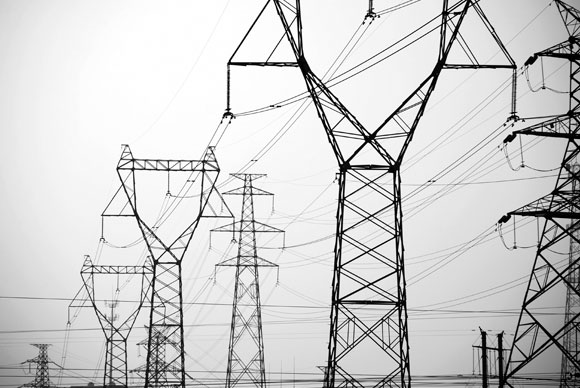Planning the Grid of the Future

Investment in our electricity grid has not kept pace with the changes in state and federal policies, rapidly evolving generation and demand-side technologies, or the need for a more resilient electricity delivery system. To confront these issues and lay the groundwork for a better transmission system, the Eastern Interconnection Planning Collaborative launched a groundbreaking stakeholder process to study the eastern U.S. energy resources and transmission system.
The Keystone Policy Center managed this important stakeholder process and public outreach, which spanned a series of eastern states, Canadian provinces, and 24 planning authorities. Keystone’s involvement was essential to helping stakeholders with divergent views and unique regional interests to develop consensus-based recommendations.
The effort’s final report, delivered to the U.S. Department of Energy in December 2012, included:
- An evaluation of three 20-year resource and policy scenarios that could shape the transmission system of the future;
- A robust process engaging stakeholders from eight different sectors from across the eastern United States and Canada;
- The development of new tools and information for evaluating an eastern-interconnected grid; and,
- Lessons learned from this initiative and considerations for future Eastern Interconnection-wide planning efforts.
Stakeholders described Keystone’s facilitation of the stakeholder process as “critical to the success of the effort” and “key to establishing stakeholder trust and understanding of the project.” The EIPC stakeholder process was cited by the Blue Ribbon Commission on America’s Nuclear Future as an “innovative” public engagement model which should be considered for such challenging issues as the siting and movement of nuclear waste.









